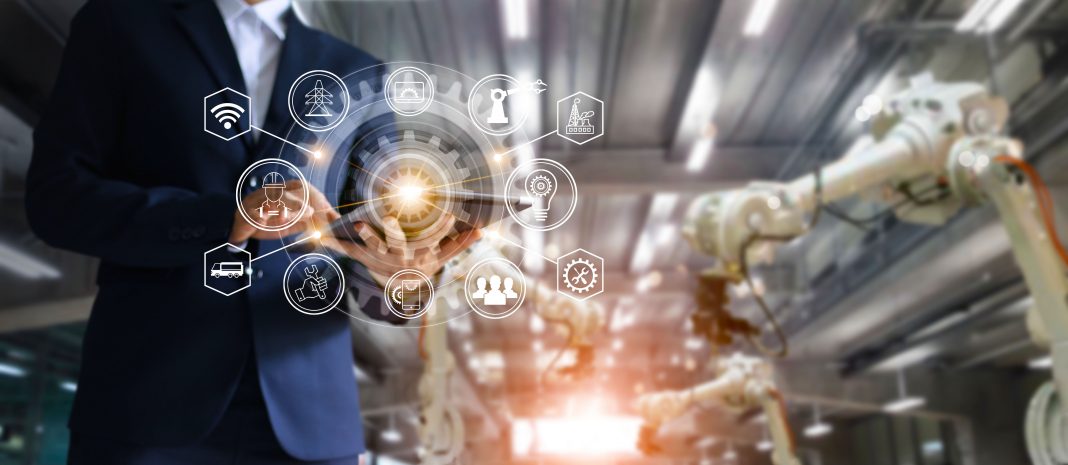David Shannon, SAS UK & Ireland, discusses how departments can achieve cost savings whilst improving the efficiency of public service via hyperautomation
In the Autumn, Jeremy Hunt stated the UK faced “difficult decisions on the public finances”, and that government departments would have to “make efficiencies” as inflation and fiscal.
In response to the continued goal to achieve efficiencies, David Shannon, Head of Hyperautomation at SAS UK & Ireland, discusses how departments can achieve cost savings whilst improving public service efficiency through the automation and convergence of intelligent technologies known as hyperautomation.
The challenge to tackle
While government departments have long faced pressure to improve efficiency, the current economic climate has increased the need to do so rapidly.
Jeremy Hunt has previously said that no option exists when filling the £55bn black hole in the public finances identified by the Institute for Fiscal Studies (IFS). And while the Autumn Statement has given a bit more reassurance to some departments, many are still feeling the pressure.
Analysis by The Guardian has looked at how departmental budgets were impacted by the financial crisis back in 2007/8, alongside predictions about how departments would fare if further cuts were imposed during this economic difficulty.
The picture looks bleak
The picture looks bleak, with some departments, including the Department for Work and Pensions, set to struggle to maintain services at their current levels with costs having to be cut.
The challenge ahead for departments is how to reduce costs without cutting or reducing the quality of their services to citizens who, in times of hardship, rely more on support from public services. To face this challenge head-on, leaders must make decisions that consider what the public needs while not being afraid to depart from old structures and prioritise innovation.
How technology can help
Improving the use of technology and data in public services has been a goal for successive governments over the past few decades.
In 2019, the Government Technology Innovation Strategy Policy paper set out the need to realise the potential of emerging technologies for all, including delivering high-quality public services. However, three years later, the public sector still seems to be trailing the private sector in its adoption of new technologies.
A more recent government report exploring future pressures for public service leaders predicts the progress made in the private sector in making greater use of data and online services will drive higher expectations of public services in future – I believe it already is.
We’ve already seen in the private sector the benefit of improved services and greater efficiency following the implementation of hyperautomation. There is potential for the same success in the public sector. To those unfamiliar with this emerging tech, hyperautomation combines cloud, robotic process automation (RPA), and artificial intelligence (AI) to produce high-value autonomous processes capable of making intelligent decisions.
It can enable government departments to reduce costs by automating repetitive tasks and streamlining workflows, giving civil servants more time to spend on valuable and important activities. Crucially, it can also eliminate manual processing delays and offer repeatable consistency.
While the individual technologies that make up hyperautomation are not new, combining them helps to produce an unparalleled efficiency that, with the right expertise, can be achieved in a seamless transition.
The public demand
Government departments may hesitate to introduce new technology to transform the public’s user experience if they believe it will have negative repercussions or perceptions. However, new research has shown the contrary, finding an increase in the public appetite for digital interactions with less resistance to digital or online services compared to other sectors.
Exploring the new customer-centric demands and fast-evolving expectations around speed and convenience
This year, we published our Hyperautomation Report, exploring the new customer-centric demands and fast-evolving expectations around speed and convenience that have accelerated since the pandemic. A sample of 1,513 people in the UK and Ireland were asked about their expectations and experiences of service in different sectors, including the public sector.
The results were illuminating. It found that there’s significantly low trust in automated services used by the Government from the public – the lowest of all sectors we surveyed – at only 34%. This clearly indicates a need to bring on board innovative approaches to automating government processes without hindering service delivery and the public experience.
Suppose we see the same results already seen in the private sector. In that case, civil servants can be reassured that intelligent decisions, using AI as part of hyperautomation, lead to positive online-only experiences.
However, it’s important the government does not attempt a total transformation of its services to alienate those citizens who cannot use or don’t have access to digital channels or simply prefer to continue with more traditional communication channels. Improving processes does not necessarily mean removing the human from the process; it actually means providing more informed, instantly updated information for the human.
As the cost of living crisis continues to bite, we hope to see government departments act quickly to support civil servants and the public using their services. Investing in hyperautomation across functions such as customer service, finance, and HR, will help civil servants to save time and more effectively serve the public yet still achieving cost savings. In short, they will be able to do more with less.
Written by David Shannon, Head of Hyperautomation at SAS UK & Ireland











